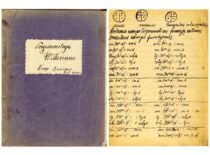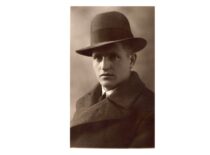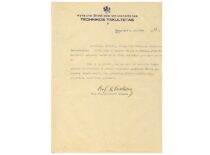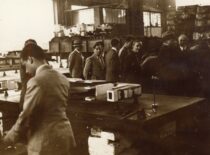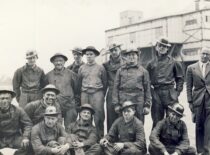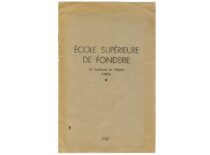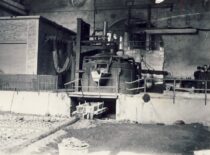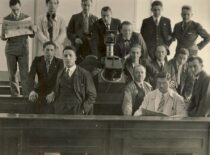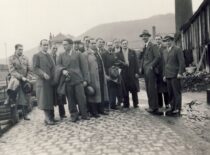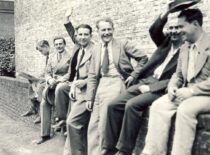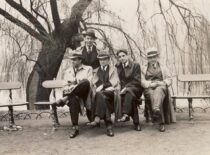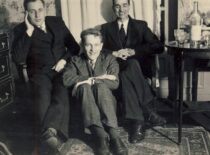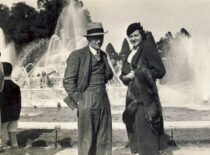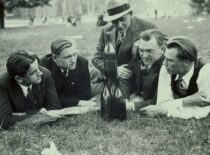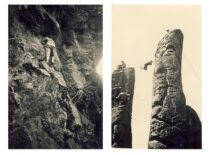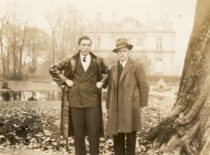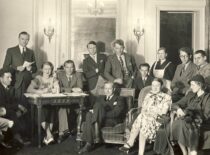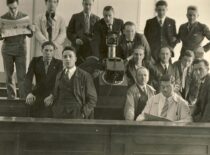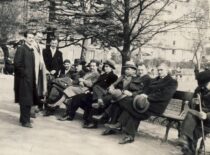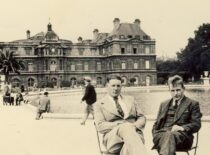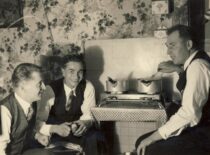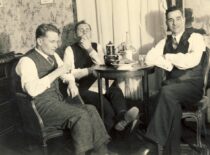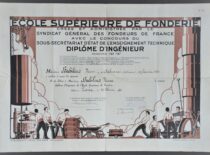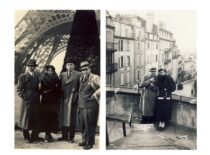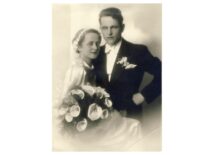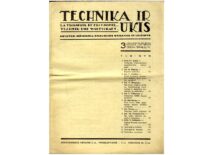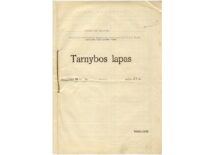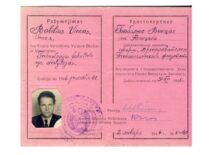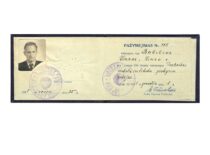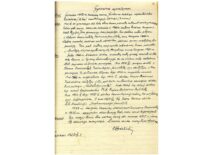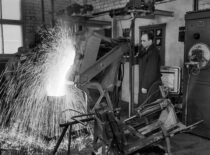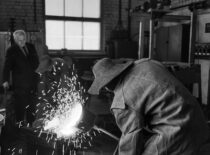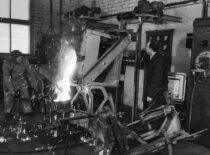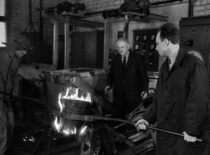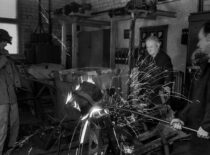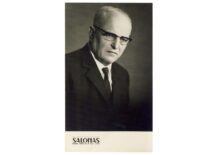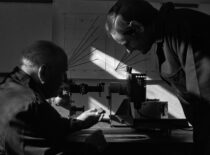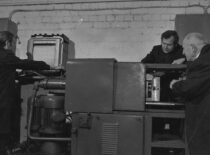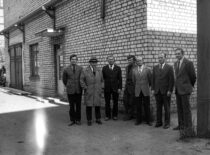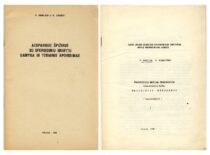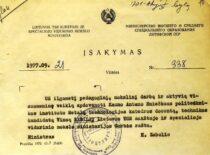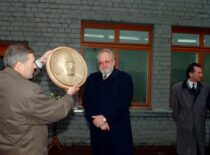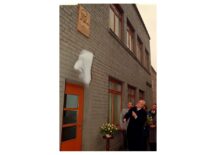Pedagogical and Research Activities
When Lithuania was occupied by the Soviet Union, the Lithuanian army was destroyed and the Research Laboratory of the Armament Board was attached to Kaunas University. From 1 September 1940, he started working as a senior lecturer at the Faculty of Technology of Kaunas University, where he worked until August 1946, when he was dismissed without any justification. This was a big blow for the family of V. Babilius because in the post-war period, losing one’s job not only meant losing one’s livelihood; it could also mean that one’s family was included in the lists of exiles. After his dismissal from the university, V. Babilius worked for 2 years as a teacher at Kaunas Paper Technical College and as a technologist at “Lietstatprojektas” in a secondary position. From 1948 to 1953, he worked as a senior research fellow at the Institute of Physical Technology of the Lithuanian SSR Academy of Sciences as head of the Metals Sector. From 1953 to 1955, he was a senior engineer at Kaunas factory “Neris”, and from 1955 to 1957, he was an associate professor at the Agricultural Academy of Lithuania. In 1954, he defended his dissertation “Influence of Physical and Chemical Properties of Moulding Mixtures, Cast Iron and Mould Filling Conditions on Gas Shock”. From 1957 to 1960, he was the head of the Department of Machinery Repair and Metals Technology at the Agricultural Academy of Lithuania.
In 1957, V. Babilius began working in a secondary position at the Faculty of Mechanics of Kaunas Polytechnic Institute. In 1961, he became an associate professor at the Department of Metals Technology of the Mechanical Faculty of KPI. In 1962, when the Faculty of Machinery Production was established at KPI, the Department of Metals Technology was assigned to this Faculty. In 1961, Assoc. Prof. V. Babilius organised a departmental KPI Foundry Laboratory in the cast iron foundry “Centrolitas” in Petrašiūnai and headed it until 1976. The laboratory was established by the efforts and work of V. Babilius and his students. “Expensive cast iron melting furnaces from Sweden were bought for “Centrolitas” factory, but no refractory lining was bought to save money. V. Babilius offered a lining made of quartz sand from Anykščiai, which turned out to be better than the Swedish lining, and later the sand was replaced by waste from the glass factory in Radviliškis. Other important work included finding a new method to produce good quality and cheaper cast iron, recovering waste from the metal industry and designing a method to produce modified synthetic cast iron. The most important books by Assoc. Prof. V. Babilius include “Metalworker’s Handbook” (et al., 1961), “Production and Heat Treatment of Resistant Cast Iron with Spheroidal Graphite” (with Borisas Liaudis, 1962), “How to Save Metal” (1963). V. Babilius trained a generation of metal casting engineers. The students were impressed by the tact of the pre-war intellectual, tolerance, broad view, extraordinary diligence and integrity of the associate professor. In 1977, Assoc. Prof. V. Babilius retired and died on 25 April 1986.
On 22 February 1998, a memorial plaque with a bas-relief (sculptor Vladas Žuklys) was unveiled at the Foundry Science Laboratory of the Department of Metal Technology, Faculty of Mechanics, KTU, located at the joint-stock company “Kauno ketaus liejykla” (R. Kalantos St. 49). In 2009, the foundry stopped its operations and the laboratory was closed.



